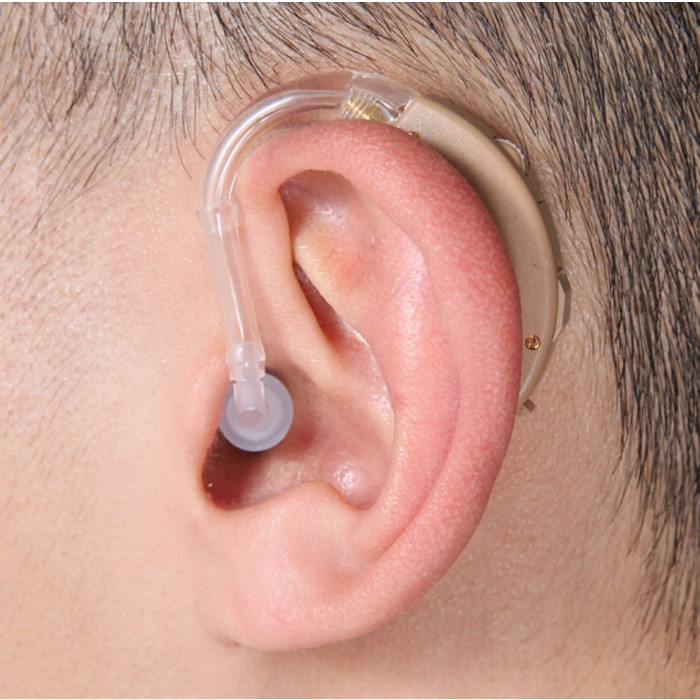Hearing aids are not artifacts
If you have decided to wear a hearing aid, you need to know something about it beforehand. Less than 15% of people with hearing impairment wear hearing aids. However, some of those wearing hearing aids may not know how to use hearing aids properly.
A hearing aid is just a hearing aid, not a therapeutic device, so it does not return the patient's hearing until it is damaged. However, hearing aids can improve the wearer's hearing by amplifying smaller sounds and reducing background noise. The mini-microphone in the hearing aid is able to capture sound from the environment, and its tiny computer chip converts these sounds into digital signals. The hearing aid then analyzes and adjusts the sound based on the wearer's hearing loss, the need, and the background sound at the time. Finally, the digital signal is again converted into sound waves and transmitted to the speakers placed in the ear.
People who wear hearing aids for the first time generally need weeks or even months before they can really get used to hearing aids. Therefore, when you first start wearing it, it is best to use it in a quieter environment, and then try to use this kind of hearing aid in different environments, so that you can know how to effectively adjust the hearing aid. In addition, when the distance between the sound source and the wearer is less than 2 meters and the background noise is small, the hearing aid works best, so the wearer may sometimes need to take a few steps to find the best position.

Hearing aids are not an artifact to solve all hearing problems. You can benefit from correct understanding, patient understanding and learning to use it.
It is best to wear a lot of hearing loss for both ears. Only choose a hearing aid with one ear, and think that only one ear can hear it. In this way, when the hearing aid is worn on the other ear a few years later, the wearer will find that the ear can only hear the sound but cannot understand it. For many years, the ability to distinguish language without the ear of a hearing aid has declined, and the brain has gradually ignored the sound transmitted by the ear. Therefore, after wearing a hearing aid for many years, it may take months or even years of rehabilitation and training to restore the language resolving power of the ear.
Good helper for hearing aids
When the sound source is too far away or the background sound in the environment is too noisy, the hearing aid may not be very good. And now there is a public device that can help people wearing hearing aids hear more clearly. This device is called a Hearing loop. If the hearing loop is installed in the concert hall, it can directly convert the sound of the symphony orchestra into an electric signal and transmit it to the hearing aid. This completely ignores other noises. Even if the hearing impaired person is sitting in the last row, he only wears the hearing aid. Be able to hear the symphony performance clearly. In public places such as cinemas, theaters, airports, etc., the Hearing Loop will be a powerful helper for hearing aids, helping the wearer to hear important voices such as dialogue and radio. There is also a Hearing loop for home use, which allows people wearing hearing aids to hear more clearly on TV, mobile phones, and radios.
Choices other than hearing aids
If you are not willing to wear a conspicuous traditional hearing aid or are not suitable for wearing a hearing aid, you can also choose other auxiliary equipment. For example, there is now a so-called "invisible in hearing" (IIC hearing aid, invisible in canal), the entire hearing aid is only the size of earplugs, and completely hidden in the ear canal, from the outside without a trace. The disadvantages of this kind of hearing aid are also obvious, that is very expensive. In addition, you can also choose a middle ear implantable hearing aid, which is to implant a small device into the middle ear to stimulate the middle ear structure and obtain high frequency. The perception of sound. There may be more and more miniature and fully functional hearing aids in the future.
category
